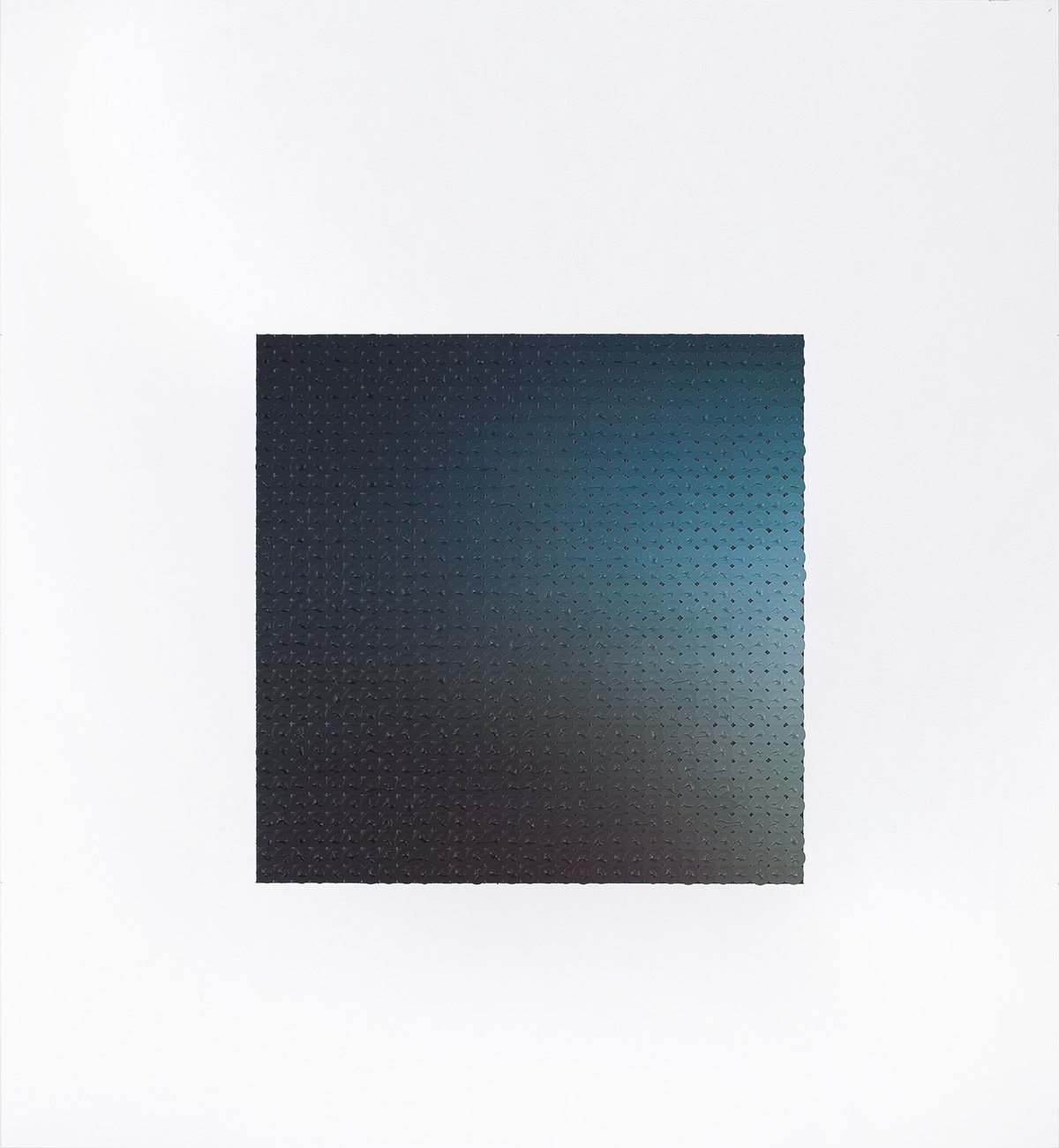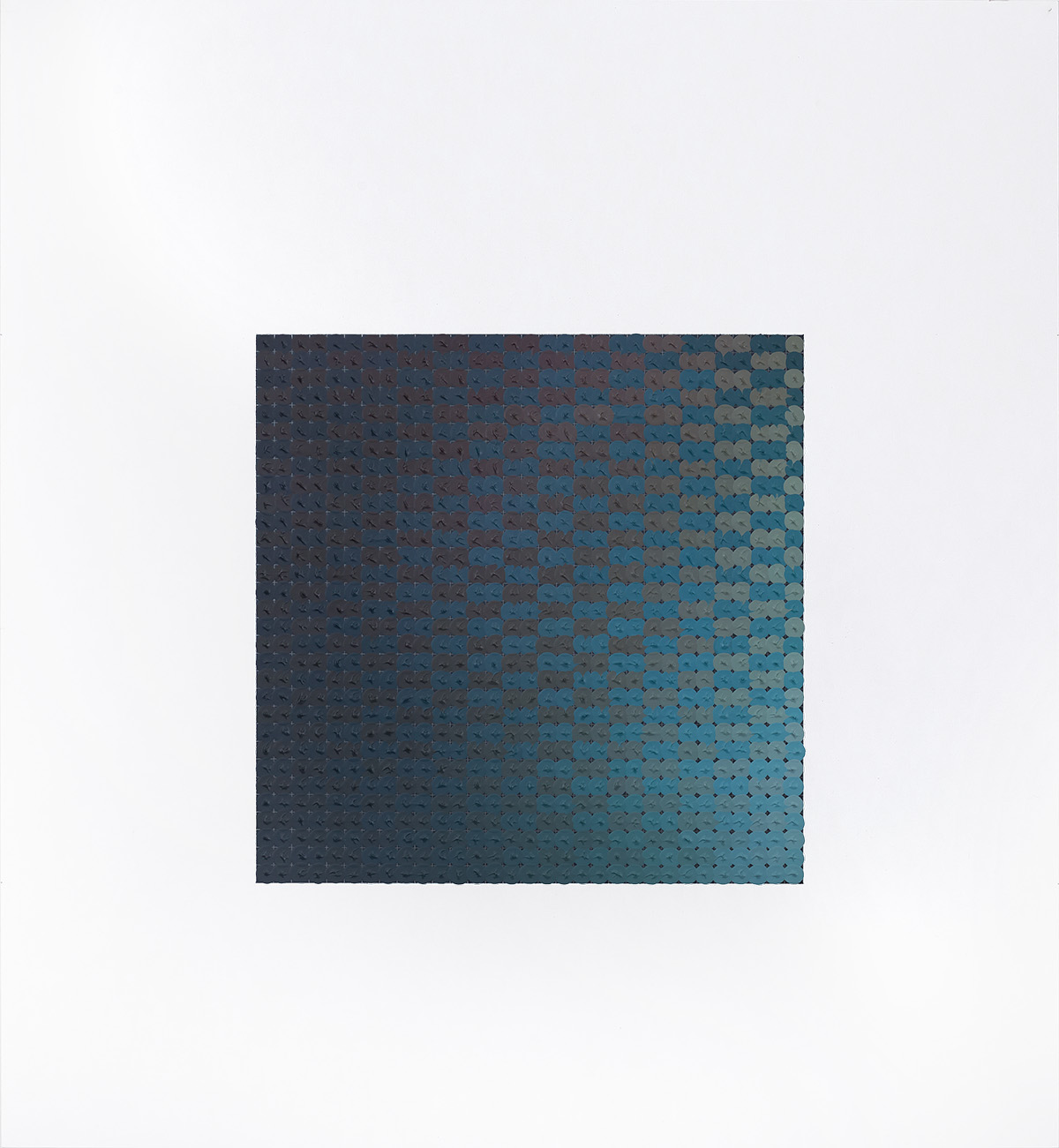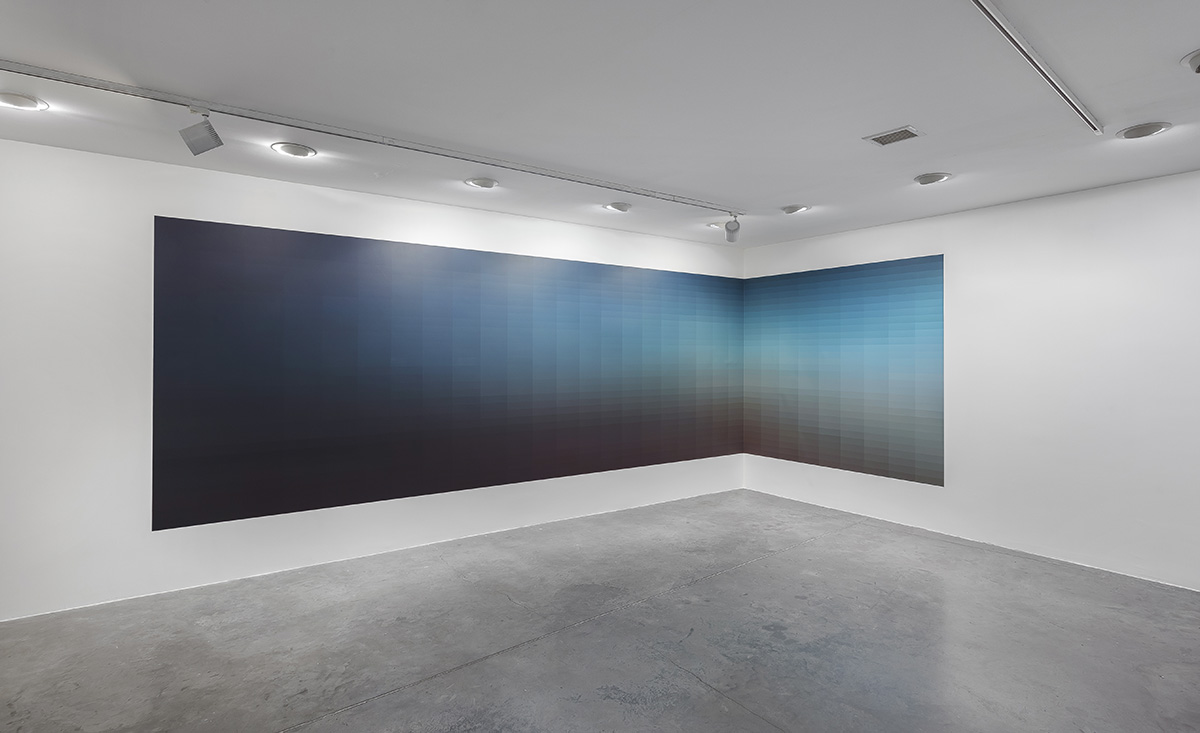Systems / Visibility
#curation#exhibition#study
Özgen’s work is named after the nebula Pillars of Creation. Nebulae are astronomical objects, comprising formations of dust, gas and other materials that clump together, and by attracting further matter eventually form stars. The image was first taken at NASA using the Hubble Space Telescope in 1995, leading to significant improvements in our scientific understanding of processes taking place inside nebulae.
The telescopic photo of the pillars is composed of 32 individual images from four separate cameras on Hubble. Light was separated by the spectrograph into frequency spectrums and recorded as signals, which reached high spatial resolution for the images. The images are therefore composed of measurements of light emitted by different elements all assigned with an individual colour. The resulting photograph is thus a still, machinically constructed image of the pillars, encapsulating a physical formation of an instance in time. This stands in contrast to the much larger process of formations in space. The digital image is thus a translation of elements and light into a visible formation.
-
Given: Pillars of Creation #1, 2017
63×58 cm, Acrylic on paper
-
Given: Pillars of Creation #2, 2017
63×58 cm, Acrylic on paper
-
Given: Pillars of Creation #3, 2017
63×58 cm, Acrylic on paper
In this work, NASA’s digitally assembled image of the pillars is reappropriated into the form of a wall painting. By doing so, Pillars of Creation interrogates the logic of representation by analysing the image’s data compositions. It questions structures of visibility by abstracting and recalibrating colour spectrums of the original image. The wall painting can thus be seen as an extension of the digital image, yet resisting figuration and therefore staying in a constant state of becoming.
- Pillars of Creation (900 Color) 2017, Variable dimensions according to space where to applied: 500×240 X 200×240 cm acrylic on the field of the 800×290 X 500×290 cm wall



